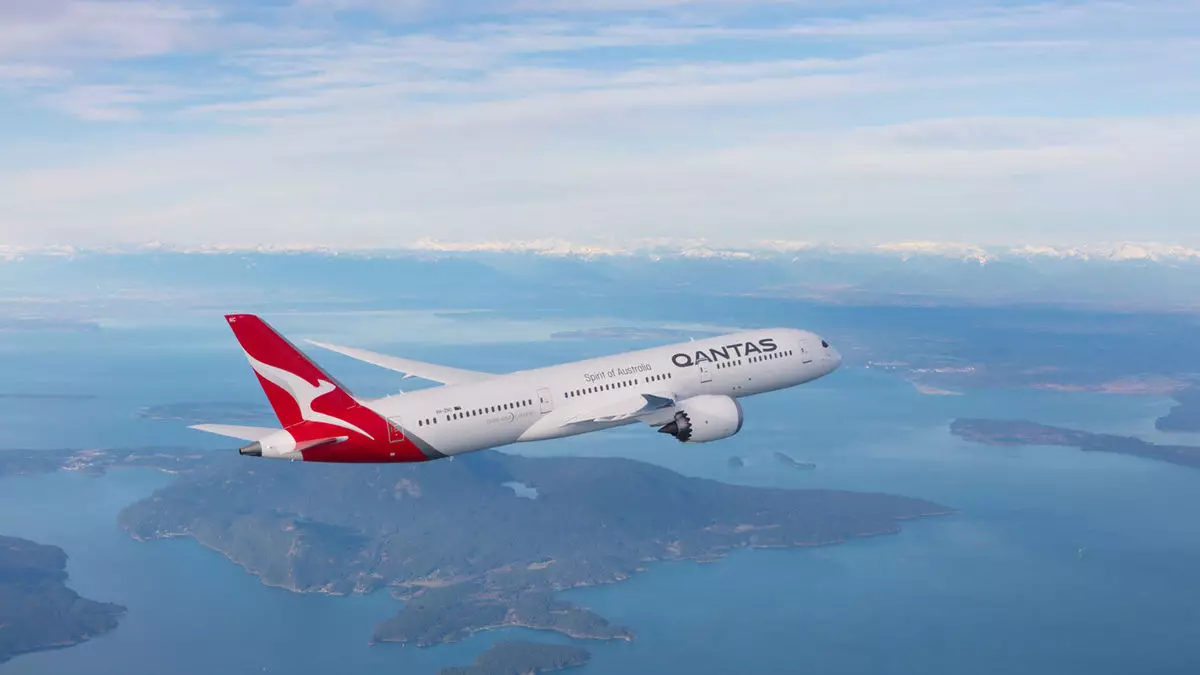The recent breach of Qantas underscores a harsh reality: no sector, regardless of reputation or operational complexity, is immune from cyber threats. Airlines have traditionally been seen as critical infrastructure, but their increasing reliance on third-party platforms and digital services has made them susceptible to sophisticated cyberattacks. This incident reveals a significant vulnerability—because even without operational disruption or safety concerns, customer data remains exposed. The attack on Qantas, which compromised millions of customer service records, highlights a troubling trend where cybercriminals target the digital backbone of the aviation sector, seeking valuable personal data rather than directly disrupting flight schedules.
While the airline claims to have contained the breach swiftly, the fact that the attack was possible exposes weaknesses in third-party risk management. The incident emphasizes the importance of proactive security measures, especially as threat actors like Scattered Spider expand their scope and sophistication. Notably, this attack aligns with a broader pattern, evidenced by recent breaches at Hawaiian Airlines and WestJet. These events aren’t isolated anomalies but part of a disturbing escalation in cyber warfare targeting corporations that serve millions.
Understanding the Threat Landscape: Who Is Behind It?
Cybercriminal organizations like Scattered Spider are becoming increasingly adept at manipulating human factors to gain unauthorized access. Their tactics—impersonating employees or contractors to deceive help desk personnel—are a testament to how social engineering remains a cornerstone of cyberattack strategies. Such tactics exploit trust and procedural gaps, making robust security protocols all the more vital. The FBI’s warning that these groups are now focusing on the airline industry signals that cyber adversaries view this sector as a lucrative target, not necessarily for operational sabotage but for information theft.
The targeting of third-party vendors and contractors broadens the attack surface, revealing how interconnected and vulnerable modern enterprises have become. Airlines depend heavily on an extensive network of suppliers, third-party maintenance providers, and technology firms—each a potential entry point for malicious actors. This interconnectedness, while essential for efficiency, creates a fertile ground for cybercriminals to infiltrate and navigate through the logistical web.
Are Airlines Doing Enough to Protect Themselves?
While Qantas has promised to enhance security measures and bolster monitoring systems, the question remains: are these efforts adequate? The core issue lies in the culture of cybersecurity within the airline industry, which traditionally prioritized physical security and operational excellence over digital fortification. Cyber defenses often lag behind evolving threats, especially in organizations that underinvest in proactive measures.
Furthermore, reliance on third-party service providers complicates security strategies. Companies must not only secure their internal systems but also enforce stringent standards for their partners. This incident prompts a reevaluation of how much control and oversight airlines exercise over their digital supply chains. It’s clear that the industry must shift from reactive patching to embedding cybersecurity into every strategic layer—a mindset that recognizes digital vulnerabilities as fundamental threats to safety, reputation, and financial stability.
Lessons for the Future: Fortifying Airline Cybersecurity
The breach at Qantas serves as a stark reminder that cyber resilience must be a priority rather than an afterthought. Airlines need to adopt a more aggressive, comprehensive approach to cybersecurity—one that encompasses advanced threat detection, continuous monitoring, and rigorous third-party vetting. Investments in employee training to recognize social engineering tactics are equally crucial, as human error remains a significant vulnerability.
In addition, transparency and swift communication during such incidents help preserve trust. But beyond reactive measures, the industry must cultivate a proactive security culture that anticipates threats and adapts to new tactics used by cybercriminals. By doing so, airlines can transform from easy targets into fortified institutions that prioritize digital resilience, safeguarding not just data but the very trust on which their business depends.


Leave a Reply